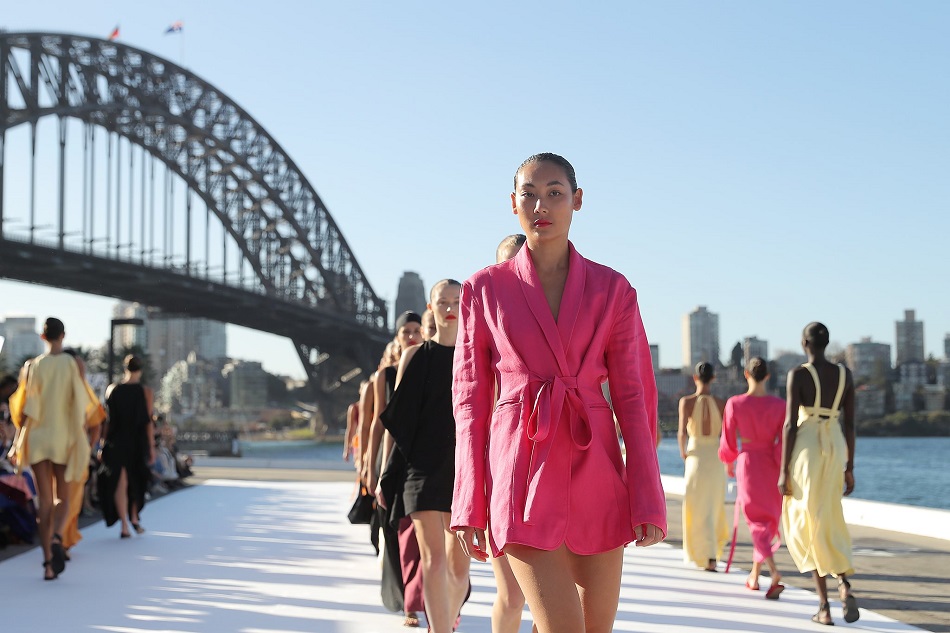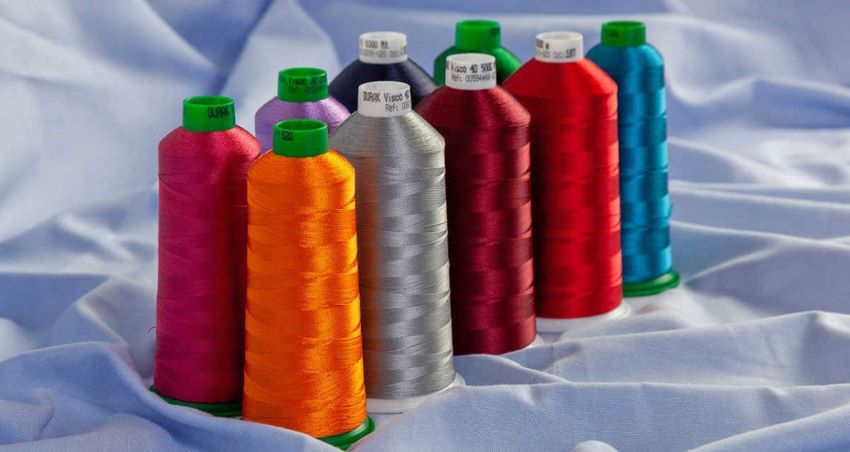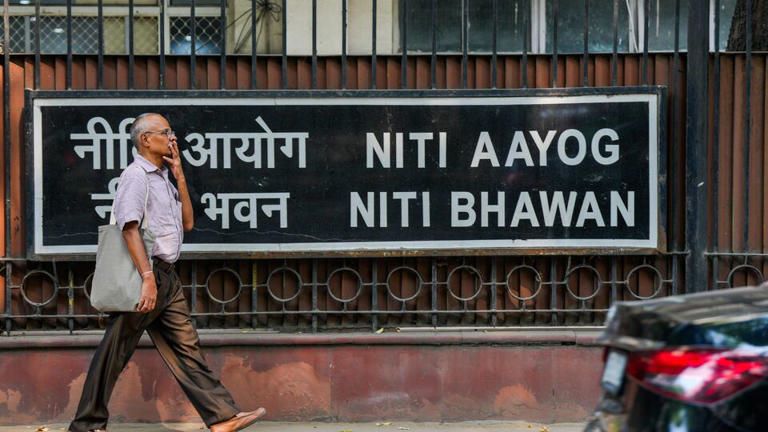
The Australian Fashion Council is perhaps playing one of the most significant roles in the country’s fashion by leading the ‘Scheme Design Report, Milestone 3.4’ for the National Clothing Stewardship Scheme which recommends a seamless way to transform fashion down under into a circular one by 2030.
Engagements across value chain
This is part of Australia’s big target for 2050-Net Zero. Seamless is the name of the initiative as National Clothing Product Stewardship would initiate engagement and act across the value chain – from designing garments to usage, re-usage and recycling. As Leila Naja Hibri, CEO, Australian Fashion Council points out, Seamless is the industry’s response to its clothing waste problem that will change the way Australians make, consume and recycle their clothes. The idea has hit off among some of the country’s leading, pioneering and progressive brands and retailers and they are uniting to do what no single business, organisation or even government can do alone.
Hibri is optimistic Seamless will guide the transition from current unsustainable linear model of take, make, dispose, to a circular economy of reduce, reuse and recycle. Seamless was created by a consortium led by the Australian Fashion Council with Charitable Recycling Australia, Queensland University of Technology, Sustainable Resource Use and WRAP Asia Pacific. The design is the result of significant research and analysis, and extensive discussions with stakeholders across the value chain including clothing brands, retailers, charities, recyclers and government agencies.
Commitment to cause
Australia’s Minister for Environment and Water Tanya Plibersek pleaded with fashion retailers to join the scheme. Speaking at the launch of Seamless, she said, “We have a choice here. This can be an industry-led approach. You collect the money, you decide how the money is best used, you invest in the research you need, you invest in the collection systems you need, you take charge… or I'll do it.” She added that “I've been really clear that this is too big an environmental problem to turn our backs on. I want to see industry leadership. I don't want to be making these decisions for you. But if I don't see enough movement in a year, then I will regulate.”
Funding Seamless to make it viable
The foundation members of the National Clothing Product Stewardship Scheme, Seamless, are BIG W, David Jones, Lorna Jane, Rip Curl, R M Williams and THE ICONIC. Each organisation has committed $100,000 to fund a 12-month transition phase while the Seamless scheme is established. The NSW Environment Protection Authority is also contributing $100,000 to the transition phase as a supporting partner. The scheme design report recommends Seamless is funded by a 4 cent per garment levy paid by clothing brands and retailers who become members of the scheme. If 60 per cent of the market by volume sign up to the scheme, a funding pool of $36 million will be raised per year to transform the industry. If industry signs up to the scheme, the activities driven by Seamless, stakeholders and citizens are projected to divert 60 per cent of end-of-life clothing from landfills by 2027.
Clearly laid out objectives
Seamless has structured a realistic and achievable goal of Australian fashion’s circularity by 2030 by defining its objectives. The first objective is to provide the fashion industry with a pathway towards clothing circularity in line with the Federal Government’s commitment to transition Australia to a circular economy by 2030. The second objective is to enable collaboration within the fashion industry value chain to achieve environmental and social improvements in line with consumer demand, as well as government policy and regulatory requirements. The third objective is to ensure economic and social well-being are preserved during the transition towards circularity. The fourth objective is to empower industry and consumers to take greater responsibility for the actions they take as they produce and consume clothing.












